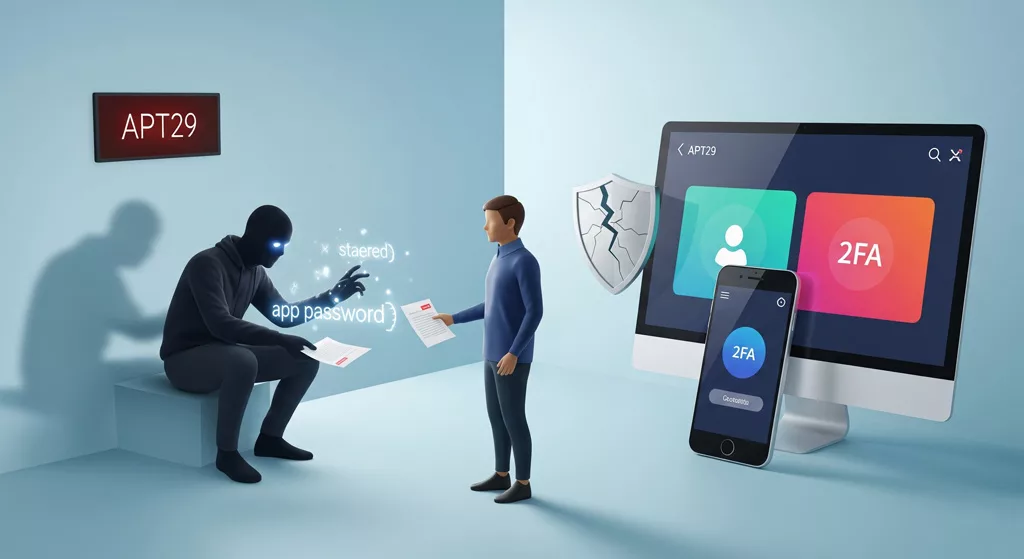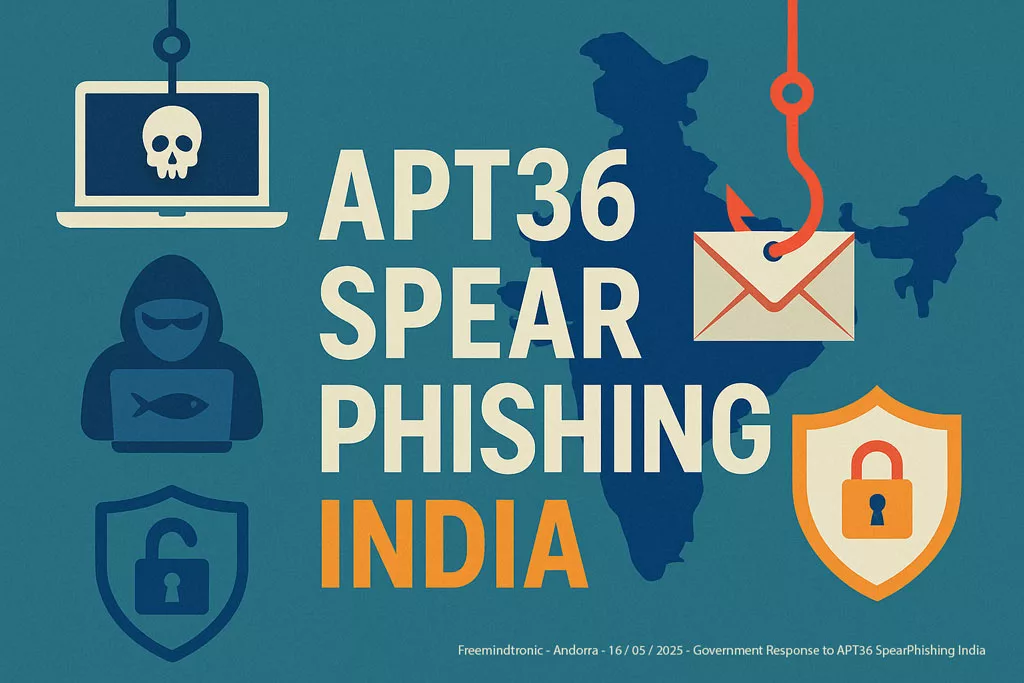Articles, Digital Security
What is Juice Jacking and How to Avoid It?
Juice Jacking by Jacques gascuel This article will be updated with any new information on the topic, and readers are encouraged to leave comments or contact the author with any suggestions or additions.
How to protect yourself from Juice Jacking”
Do you often use public USB chargers to recharge your smartphone or tablet? If so, you may be exposing your device to a cyberattack called Juice Jacking. In this article, we will explain what Juice Jacking is and how to protect yourself from it.
Juice Jacking: How to Avoid This Cyberattack
Do you often use public USB chargers to recharge your smartphone or tablet? If so, you may be exposing your device to a cyberattack called Juice Jacking. This is a type of attack that can steal your data or infect your device when you use a public USB charger. In this article, we will explain what Juice Jacking is and how to protect yourself from it.
What is Juice Jacking?
Juice Jacking is an attack that hackers can perform. They put malware on the public charger’s USB port. When you plug your device into the charger, the malware can access your data or infect your device.
Juice Jacking can take two forms:
- Data theft: the malware can copy your contacts, photos, messages, passwords or any other sensitive information stored on your device.
- Malware installation: the malware can install a program that will do malicious things to your device.
The Lack of Awareness and Protection of Juice Jacking Among Users Worldwide
One of the reasons why juice jacking is a serious threat is that many people are unaware of it or do not take precautions when using public USB ports. According to a 2019 study by the University of Illinois at Urbana-Champaign, 64% of Americans use public USB ports to charge their devices, and 15% of them do not know what juice jacking is. The study also found that only 8% of the participants used a USB data blocker or a power-only cable to protect their devices from potential attacks. A similar situation exists in other countries, such as the United Kingdom and Australia. A 2020 study by Comparitech surveyed more than 2,000 people in the UK and found that 45% of them used public USB ports to charge their devices, and 50% of them had never heard of juice jacking. A 2019 study by Finder analyzed the behavior of more than 1,000 people in Australia and found that 41% of them used public USB ports at least once a month, and 21% of them did not know what juice jacking was. These studies show that there is a need for more education and awareness on the risks and prevention of juice jacking.
How to prevent Juice Jacking?
To prevent Juice Jacking, don’t use public USB chargers. Instead, you can use your own charger or a portable battery. However, if you have no choice but to use a public charger, you can take some precautions:
- Use a USB data blocker. This is a device that blocks the data transfer between the charger and your device. It only allows the power to pass through.
- Turn off your device before plugging it into the charger. This may reduce the risk of data theft or infection.
- Use a VPN app on your device. This can encrypt your data and make it harder for hackers to access it.
How to protect yourself from Juice Jacking with EviCore NFC HSM and EviCypher Technology
Juice Jacking is a cyberattack that steals or modifies your data through malicious USB chargers. You need a secure and portable encryption solution to protect yourself from this threat. EviCore NFC HSM and EviCypher technology can help you.
EviCore NFC HSM is a contactless hardware security module (HSM). It stores your sensitive data and protects it with configurable multi-factor authentication. You can access your data with your smartphone via NFC (Near Field Communication).
EviCypher is a hardware encryption device that works with EviCore NFC HSM. It encrypts and decrypts your documents, emails and messages with your smartphone. You can use it with any messaging service and enjoy an advanced electronic signature system.
With EviCore NFC HSM and EviCypher, you can avoid hackers who use malicious USB chargers. Your data are safe and secure offline, without any server or database. To learn more about this innovative technology, visit the website EviCore NFC HSM by Freemindtronic.
EviCore NFC HSM and EviCypher are products and services from Freemindtronic. Freemindtronic is a company specialized in NFC security solutions. It offers the best encryption products on the market.
A more technical explanation by ethical hackers
The Juice Jacking is a cyberattack that exploits the vulnerability of the USB ports that are used for both charging and data transfer. Ethical hackers, who are security professionals who use their skills for good, have demonstrated how this attack works and how to prevent it.
One of the first demonstrations of Juice Jacking was made by researchers from the University of Michigan in 2011 at the DEF CON hacker convention. They set up an informative kiosk on Juice Jacking to raise awareness among visitors about the danger of plugging their devices into public charging stations. When a visitor plugged in their phone, the screen turned red and displayed a warning message: “You should not trust public kiosks with your smart phoneYou should not trust public kiosks with your smart phoneYou should not trust public kiosks with your smart phone”.
The researchers also showed how malicious actors could use the kiosk to steal data, track devices, or compromise them. They also provided information on how to compromise charging kiosks.
Another demonstration was made by security researchersecurity researcher Kyle Osborn in 2012. He published an attack framework called P2P-ADB that uses a USB On-The-Go cable to connect an attacker’s phone to a victim’s device. The framework includes examples and proofs of concept that would allow hackers to unlock locked phones, steal data from a phone, including authentication keys that would allow the attacker to access the owner’s Google account.
In 2013, security researchers from Georgia Tech published a proof of concept of a malicious tool called Mactans that uses the USB charging port of an Apple mobile device. They used low-cost hardware components to build a small malicious wall charger that can inject malware into an iPhone running
In 2014, security researchers Karsten Nohl and Jakob Lell from srlabs published their research on the BadUSB attack at the Black Hat USA conference . They showed how hackers can reprogram USB devices such as flash drives or cables to act as keyboards or network cards and send commands or data to a connected device.
These demonstrations show how Juice Jacking can be performed by skilled hackers who have access to the USB ports or cables in public places. They also show how users can protect themselves by using their own chargers or batteries, using data blockers, turning off their devices, or using VPN apps.
Some examples and testimonials
Juice Jacking is a serious threat for users of public USB chargers. It can compromise your data and your device’s security. Here are some examples and testimonials that illustrate the risks of Juice Jacking:
- In 2011, at the DEF CON hacker convention, an informative kiosk on Juice Jacking was set up to raise awareness among visitors about the danger of plugging their devices into public charging stations . When a visitor plugged in their phone, the screen turned red and displayed a warning message: “You should not trust public kiosks with your smart phone” .
- In 2013, security researchers from Georgia Tech presented a proof of concept of a malicious wall charger that could inject malware into an iPhone running the latest version of iOS while it was being charged. The malware bypasses all the built-in security measures in iOS and hides itself in the same way that Apple hides background processes in iOS .
- In 2019, the Los Angeles County District Attorney warned travelers about Juice Jacking in airports. He advised travelers to use electrical outlets rather than USB ports to charge their devices.
- In 2020, a French journalist testified that she was a victim of Juice Jacking during a trip to India. She said that her phone was infected by malware after plugging it into a USB port in a hotel. The malware sent her messages asking her to pay a ransom to get her data back.
To illustrate the phenomenon of Juice Jacking further, you can also check out these videos:
- A video explanation from ZDNet that presents Juice Jacking and its consequences.
- A video demonstration from ETX Studio that shows how to protect yourself from Juice Jacking with a USB data blocker.
- A video information from Slate that explains why you should not be afraid of Juice Jacking and how it is unlikely to happen.
Some scientific and statistical sources
Juice Jacking is a topic that interests security researchers and public authorities. Here are some scientific and statistical sources that address Juice Jacking:
- An academic paper published in 2011 by researchers from the University of Michigan that analyzes the risks associated with using public USB ports and proposes solutions to reduce them.
- A technical report published in 2014 by researchers from Johns Hopkins University that describes a method to detect and prevent Juice Jacking on Android devices.
- A study conducted in 2017 by Kaspersky Lab that reveals that 25% of French users have already used a public USB charger and that 12% of them have already suffered a loss or theft of data as a result of such use.
Conclusion
Juice Jacking is a cyberattack that targets users of public USB chargers. It can compromise your data and your device’s security. To avoid it, you should use your own charger or battery whenever possible. If you have to use a public charger, you should use a USB data blocker, turn off your device, or use a VPN app.
We hope this article helped you understand what Juice Jacking is and how to protect yourself from it.









